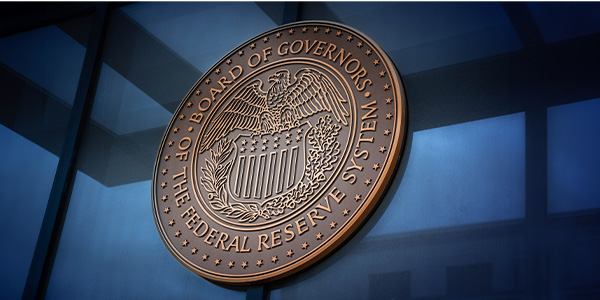Housing News
The Federal Reserve Kept Interest Rates Steady. What Does That Mean for Housing?
January 29, 2025
The question on just about every prospective homebuyer’s mind is when mortgage rates will finally fall. However, it may take a bit longer than anticipated.
The U.S. Federal Reserve kept interest rates steady at its first meeting in 2025. This is likely to keep mortgage rates hovering around 7% over the short term, much to the dismay of cost-conscious homebuyers.
“We’re going to be focusing on seeing progress on inflation or alternatively some weakness in the labor market before we consider making adjustments,” said Fed Chair Jerome Powell at the Jan. 29 press conference. He was referring to what it would take for the Fed to lower rates again.
Mortgage rates are separate from the Fed’s short-term rates, but generally follow the same trajectory. So, when the Fed indicates a rate cut is likely, mortgage rates often fall.
With the Fed keeping interest rates higher for longer, mortgage rates are expected to remain elevated.
“There’s no reason for the Fed to have moved rates given that the unemployment rate is still relatively low,” said New American Funding Chief Investment Officer Jason Obradovich. “Inflation is not coming down. It’s not getting closer to the Fed’s target.”
Higher mortgage rates are a blow for homebuyers who hoped lower mortgage rates could make purchasing properties more affordable. It also impacts recent homeowners who hope to eventually refinance their mortgages to a lower rate. A drop in rates could mean a lower monthly mortgage payment.
“The direction of rates will really determine home sales,” said Obradovich.
The Fed began raising rates in 2022, jacking them up 11 times to combat inflation. Inflation waned and unemployment ticked up a little, so the Fed started lowering rates in September 2024 to give the economy a bump.
However, the Fed hasn’t cut as deeply or as often as many would prefer due to fears that inflation could roar back. That means mortgage rates could rise—or fall—this year.
“If inflation or inflation expectations come down then mortgage rates will come down,” said Obradovich. “However, if for some reason inflation or inflation expectations go up, then rates could go up.”
The new administration will also play a role in which direction mortgage rates move. When the economy is stronger, rates tend to be higher. When it’s weaker, the Fed tends to lower rates to give it a jolt.
“There is a huge unknown on what the new policies will be in the next year and how that will affect the economy,” said Obradovich.






 Smart Moves Start Here.
Smart Moves Start Here.